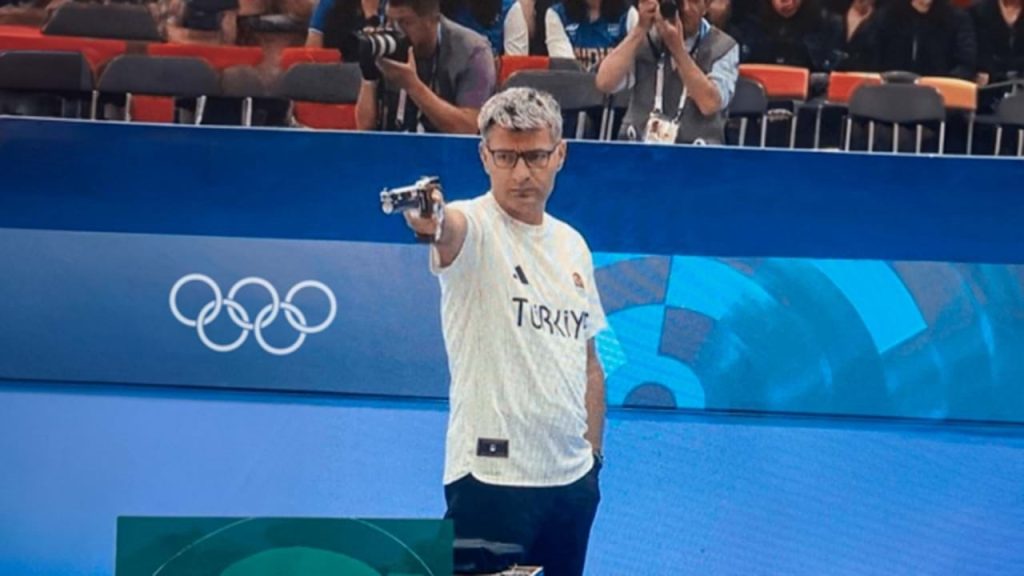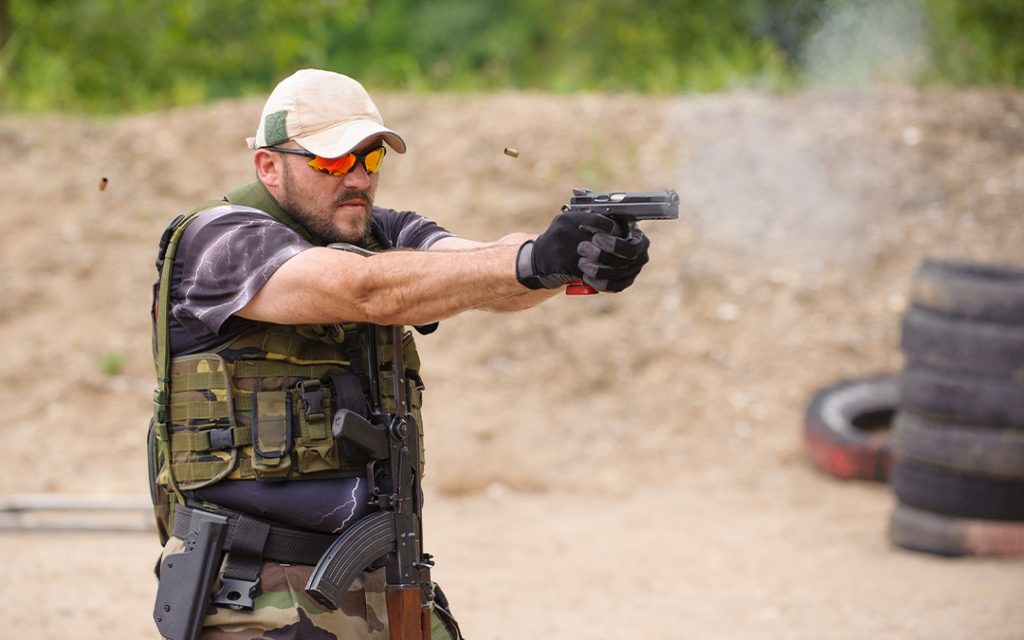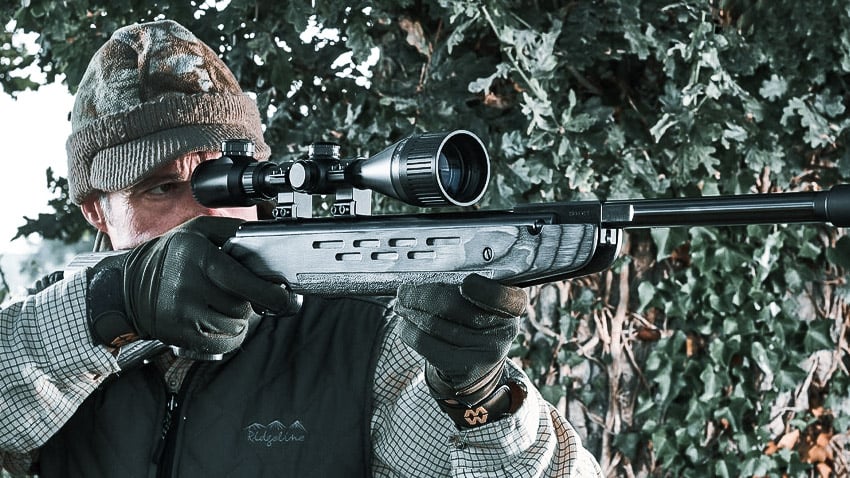What is the correct shooting position? Find out with Mundilar Airguns
In the early stages as shooters, we often arrive, observe, and imitate shooting position. Our knowledge is limited, and we assume that other shooters have mastered the sport and know exactly what they’re doing. However, that’s not always the case.
This is a basic mechanism in all of us: observing and imitating what others do. Especially when the model seems to achieve the results we also aspire to! Yet, we often forget the significant differences in skill level and years of training and practice between them and us.
In this article, we’ll aim to help you find your correct shooting position.
Finding the correct firearm position
Each athlete constantly strives to optimize their posture to conserve as much energy as possible and maintain full concentration on the shot. For a beginner, this posture might always look the same, but the truth is that small details help athletes achieve perfect stability.
The first difference lies in the angle at which the shooter positions themselves in relation to the target. While some prefer a frontal stance, others position themselves almost 90° to the target. But do you know why?
Side-on position to the target

This orientation requires excellent flexibility from the shooter’s neck. They must be able to turn their head approximately 90° and maintain alignment between their head, shoulders, arm, hand, and firearm. As humans, we are designed to look forward, not at a 90° head rotation. Therefore, this position demands regular training and good neck flexibility.
Let’s take a closer look at the pros and cons of this position:
Pros:
- The main advantage of this orientation is the support for the arm holding the firearm, as it is easier to keep the arm extended and aligned with the shoulder towards the target.
- When firing a large-caliber pistol, the recoil is better absorbed by the body.
- Provides a longer line of sight.
Cons:
- Misalignment of the eye with the target can negatively impact performance.
- The shooter’s body tends to sway, making it unstable from front to back, and counteracting this movement requires energy.
- Shoulder muscles remain tense, deteriorating support and stability.
Frontal position to the target

When positioning directly in front of the target, the shooter keeps their head straight, which is the ideal position. The eye looks forward effortlessly—another ideal aspect!
However, placing the arm in front of the face shortens the line of sight. This position requires good shoulder flexibility to keep the firearm aligned in front of the eyes and face.
Pros:
- Effortless forward gaze.
- Natural human posture.
Cons:
- The arm is positioned in front of the shooter’s face.
- Greater strain and effort on the shoulder and arm, resulting in increased weapon vibration.
- Recoil force is reflected diagonally on the arm and bones, causing the firearm to jump to the left (for right-handed shooters, or vice versa for left-handed shooters).
- Difficulty maintaining a consistent angle between the wrist and arm.
5 Tips to Find Your Shooting Position
1.Adjust How You Hold the Firearm
- Adjust the firearm to find a comfortable position that allows for good stability.
- Experiment with small adjustments to the wrist angle and arm position until you find the most natural and comfortable alignment.
2. Adapt Your Body and Position Yourself Comfortably
- Use the flexibility of your head, shoulders, and arms to achieve a posture that minimizes muscle strain.
- Avoid forcing yourself into a rigid or uncomfortable position—stay relaxed, allowing your body to find a balanced and natural posture.
3. Avoid Forcing Advanced Positions Used by High-Level Athletes
- Experienced athletes often adopt a side-on stance to the target, but this position requires training, strength, and flexibility.
- For beginners, trying to mimic this posture without physical preparation can lead to rapid fatigue and reduced accuracy.
4. Improve Physical Condition and Flexibility with Regular Training
- With regular training, you will achieve greater stability and reduce fatigue.
- Strengthening the muscles involved in shooting will help you maintain your position more easily and with less effort.
5. Seek Stability with Comfort and Low Energy Expenditure
- The best shooters choose a position that maximizes stability with minimal effort.
- For beginners, the ideal position is one where you remain stable without requiring significant muscle tension.
If You Are Starting in Sports Shooting, remember that finding a comfortable and stable position takes time, discipline, and practice. In the beginning, holding the firearm with an extended arm and keeping it steady can be challenging. That’s why you shouldn’t hesitate to use the highly sought-after supports, which help avoid the infamous “jerky shots” that can make life harder for beginners.
Extra Tip:
To discover the ideal angle, try raising your arms horizontally and adjust until you find a position you can maintain comfortably. This simple trick helps you make the most of your current strength and endurance. As you continue to train, your muscles will grow stronger, and you’ll notice it becomes easier to maintain your posture. Gradually, you can adopt a side-on position to the target, just like more experienced shooters.
Small Steps, Big Results
With practice and a few adjustments, you’ll see improvements in your accuracy, stability, and, of course, enjoy yourself while training!
The Mundilar team is here to help you achieve your goals. We offer a wide range of products and accessories for everything you need in the world of sports shooting.
Train with confidence, adopt the correct position, and make the most of every shot!

